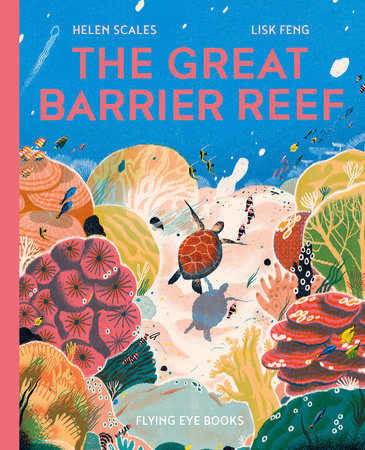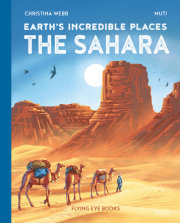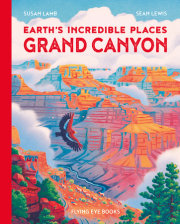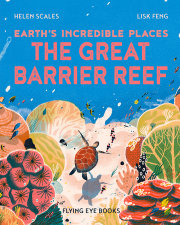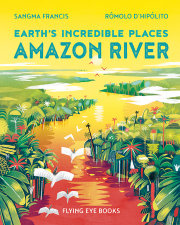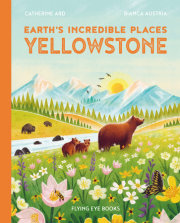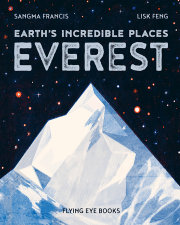MEET THE REEF
The Great Barrier Reef is also a World Heritage Site. These precious sites around the world are chosen because they are amazing places that need to be treasured and protected.
HOW THE REEF BEGAN
A long time ago, Australia was not the sort of place where a reef could grow. Stuck to Antarctica, it was surrounded by a freezing sea – far too cold for corals!Then, 85 million years ago (when dinosaurs were still alive), Australia split off and began to drift away towards the equator, nearer to where it is today. At this time in history the Earth was very cold. Enormous ice sheets locked up masses of the ocean’s water, so sea levels were more than a hundred metres lower than they are now. Then, as the last ice age ended around 10,000 years ago, the world warmed up and the ice sheets melted, causing an enormous flood. As sea levels rose higher and higher, great cliffs disappeared beneath the waves, and hills were turned into islands. Tiny, young corals called larvae drifted in from other reefs and settled on this land that was suddenly underwater. The sea became warm enough for corals to thrive, and so the Great Barrier Reef began to grow. As the seas rose higher, some of the islands drowned completely, but the corals kept growing upwards and outwards until they built wide, flat reefs.
BUILT BY CORAL
More than 600 species of corals live on the Great Barrier Reef. If you were to look closely at a piece of coral, you’ll see that it’s covered in spots. These are polyps: each one is a tiny coral animal with a mouth, a stomach and tentacles. Coral polyps don’t have brains, much like their closest relatives, jellyfish and anemones. Each big coral, known as a colony, is made up of hundreds and thousands of polyps joined together. Their bodies are soft but usually they live inside a tough exoskeleton made of calcium carbonate, the same stuff as chalk and chickens’ eggshells.
TINY SECRETS
With the help of a microscope you can discover one of the polyps’ hidden secrets – inside their bodies are spherical cells, called zooxanthellae or zoox for short. Zoox use the sun’s energy to make sugar, just like plants do on land. During the day, corals eat this sugar. At night they transform into deadly hunters, using their tentacles to catch tiny animals and plant-like organisms called plankton. Some plankton grow into bigger animals, like fish and crabs, and some never get any bigger.Branching coralBrain coralMushroom coralSea whipElephant ear leather coralThere are two different types of coral – soft and hard. Corals with a tough exoskeleton are known as hard corals. Corals without a hard skeleton are called soft corals.
TROPICAL SNOWSTORMS
Once a year, the Great Barrier Reef turns into a giant underwater snow globe . . . except the little snowflakes twirling about are actually millions of colourful coral eggs. The corals release them at exactly the same time. This is one way that corals can multiply and spread to new places in the ocean.
TRAVELLING LARVAE
Fertilised coral eggs hatch into larvae that look like tiny, squashed grains of rice. They are brilliant travellers, drifting for weeks on long, dangerous journeys. Many get eaten by fish along the way, but the lucky survivors will eventually settle down on rocks or pieces of dead coral and form a brand new coral colony.
Copyright © 2023 by Dr. Helen Scales. All rights reserved. No part of this excerpt may be reproduced or reprinted without permission in writing from the publisher.





